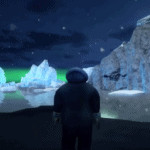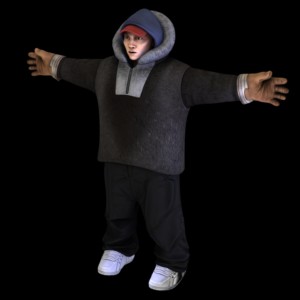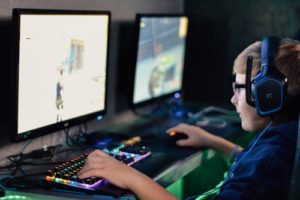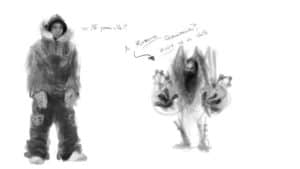A few months ago we decided to “Fail Fast” and kill our game, Qalupalik. We posted a blog post, outlining our justification for moving on and focusing on other projects. Then a few days later we yelled “psych!” and brought the whole project roaring back to life. In reality, it took us formally killing the project to sit and rethink it. We knew there was something there, but it was getting too big and too out of control for us to find what that something was. By killing the project and conducting the post mortem, we were able to find new life for it. We streamlined it, made it smaller and redefined it with the help of technology we’re excited about. Here’s how it worked.
Northern Lights 2014
There is nothing to give purpose to a project like a deadline. This was perhaps one of our biggest flaws. The project remained in the “jam” phase for a little too long. Each week we’d test out new mechanics, new control schemes and every week the ideas and shape of the game would change. Enter “Northern Lights 2014”, the biggest trade fair for Northern based businesses in Canada. Held annually in Ottawa it was our chance to show off the company and our product. Most importantly, it provided us with a deadline.
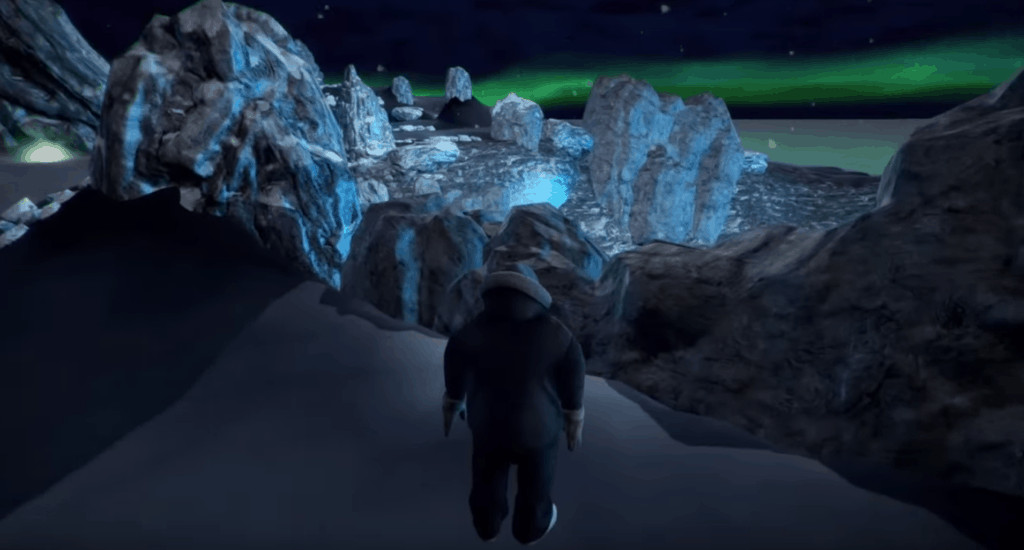
As I’ve said, we knew we had something with Qalupalik. A deadline, this target date of late January gave us a reason to show off what we’d done. To pick the best of what we’d done and show it to the world. If they liked it, we could keep going. If it fell flat, we were not so far along that we couldn’t kill it.
The Oculus Rift
We’ve been huge supporters of VR since the Oculus Rift was announced. We’ve been signed up as “developers” and had been experimenting with the DK1 kit for a while. Northern Lights 2014 provided us with a reason to push Qalupalik into VR. It was something we had been toying with and this Trade Fair gave us the incentive to see it through. We needed a way to stand out at this event, and the Oculus provided us with it. We made this decision 5 days before the start of Northern Lights and it became our focus. The programming team converted the game to be functional with the Oculus Rift and by the time I arrived from Pangnirtung with our development kit we had 24 hours to crunch in an Ottawa hotel room, testing the game and refining the VR experience.
The response was incredible. The Oculus provided us with an attention grabber at the show and the demo itself was refined and simple, providing a start and end point for users. The premier of Nunavut himself gave it a try and as his character fell in the water after missing a jump he looked up as he sunk into the dark depths and said, “Hey, I’ve fallen in while ice jumping before. This is exactly what it looks like!”. We had the buy in from our territory and we knew VR was the way to go.
Concept Art and Mainstream Attention
We hired Apex, Nunavut based artist Jonathan Wright to develop concept art for the game and I cannot overstate how vital Jonathan was in helping to give life to our vision and energize us moving forward. We sat down and I pitched the idea, and suddenly it was coming to life in ways beyond even what we had imagined. The atmosphere, the colours, and most importantly the character design he started doing was the final nail in our commitment to see this game through. It looked on paper the way it looked in our head and the team was reenergized. When a good concept artist is able to bring to life those things that you’ve only ever pictured in your head, it helps with development in ways that are impossible to qualify. When a great concept artist goes above and beyond even your grand expectations, it provides a new life to the project and propels it to new places.

The next date on our calendar was GDC 2014. We had concept art and a demo that I wasn’t sure the Mainstream media would find as cool as we do. However, I attended a few of the Indie Development Stream talks at GDC and came away convinced we had to start sharing this work, to build momentum and make people aware of the work we’re doing. I put out a call on Twitter and started emailing some people I knew. Jared Rosen of Indiestatik and Hot Pepper Gaming was the first to check out what we were doing and his response made me realize we were really on to something here. He wrote a beyond-flattering article for Indie Statik and brought a ton of attention to the work we’re doing. The subsequent response we’ve received through Twitter has pushed our projects to new levels.
Conclusion
We’ve got new screenshots and progress builds to share and I think you’ll be impressed with how far this project has come. It took a number of things happening for us to really commit to this project the way we wanted to and I’m glad we have. Qalupalik is more exciting and more defined than it’s ever been and our entire team is beyond excited about it. We’re working with Underbite Games to develop 3D models of Jonathan’s concept art and we’ve truly assembled a team that is stretching across North America right now. It’s flattering how enthusiastic people are about joining our team and the project is going to reach new heights because of it.
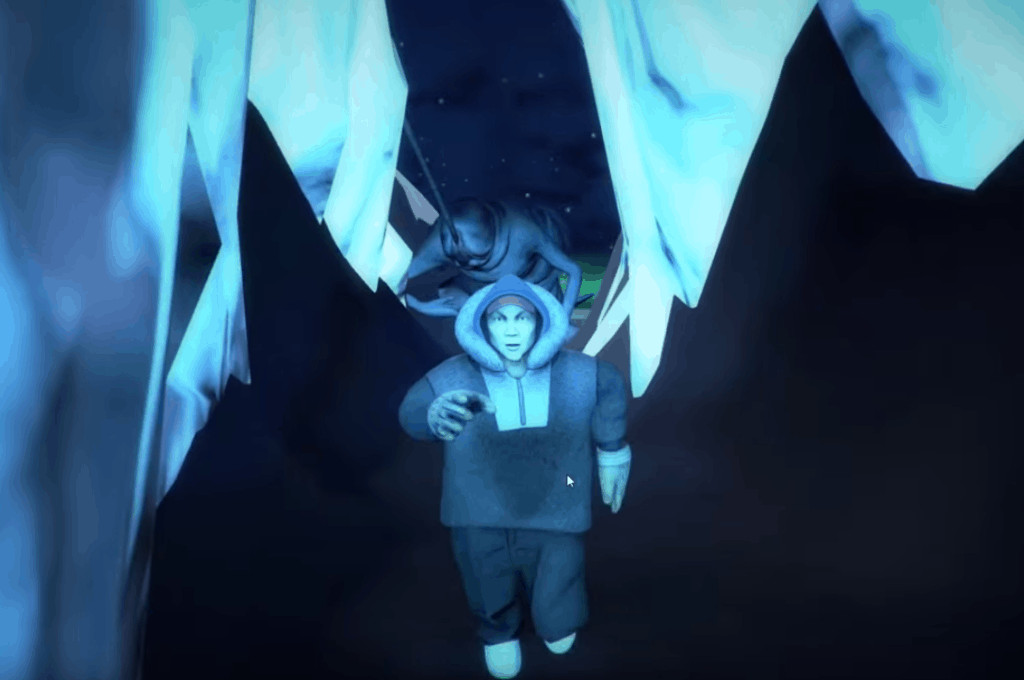
What We Learned
-We need time to step away from a project, conduct a post mortem and reassess what we’re doing with it. It saved this project and helped recreate it in a way that has allowed our future project.
-We needed deadlines to push us to accomplish manageable tasks. Without target deadlines we were trying to do everything at once. Once we decided on a date, we were able to break up what we wanted to accomplish into tasks and ensure we accomplished them. -We needed positive reinforcement. One thing I recognize in retrospect is that a big part of what continues to push us is the response from the community. It makes us work harder because we realize we’re on to something and we can’t mess it up. At the end of the day, we’re human. Disappointingly.
-We needed more partners to help refine and improve our vision. Jonathan Wright’s inclusion on the team helped us visualize what had existed in our head for so long. We were suddenly able to “see” this game and it helped define our goals moving forward.
We’re happy to have brought Qalupalik back and with each passing day as new builds are made, new concept art complete and soon, new 3D models brought into the game, we’re more and more excited. The next post mortem for me to conduct is on this blog post. It’s too long!
